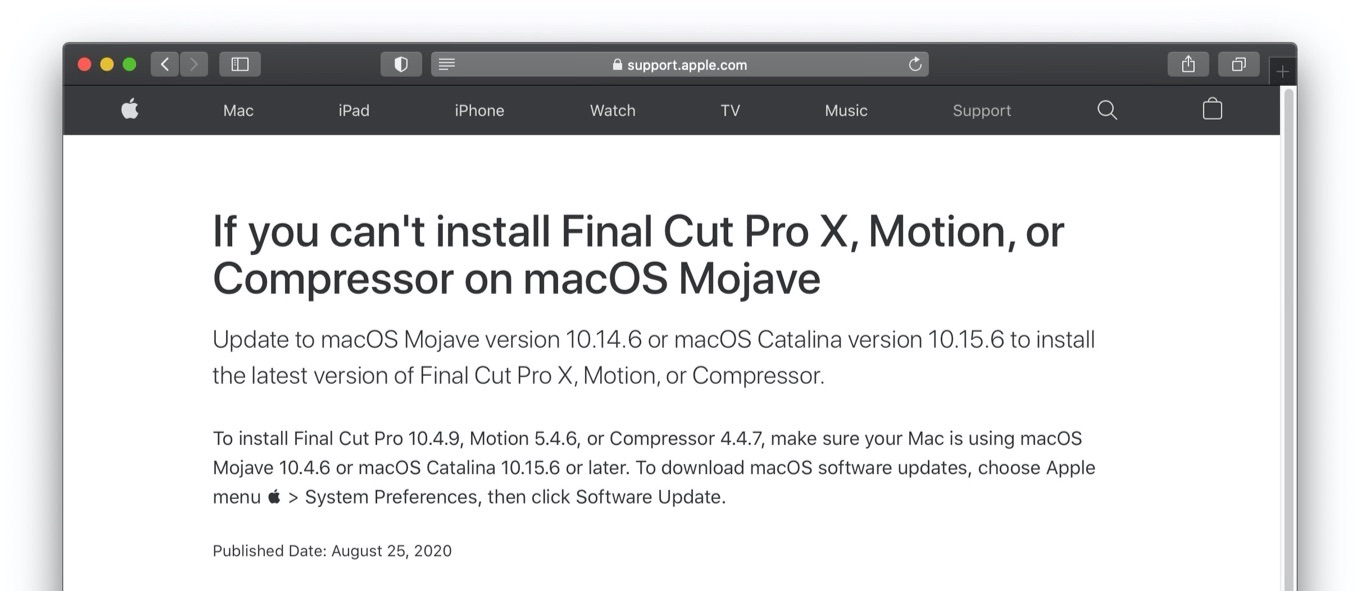
This is handy if you want people on other platforms to be able to view your videos or participate in your HTML live streaming show. If you want to produce videos in industry-standard formats, such as QuickTime, H.264, or MPEG-2, then you can do that too. You’ll have no problem with producing compatible material for all the latest Apple devices, such as Apple TVs, iPhones, iPads, and iPods. There so many pre-designed templates that come with Apple Compressor. Batch templates or encoding droplets can also be created if an encoding setting is assigned to a particular task or action. Use these options to avoid repetitive tasks so that your workflow can be streamlined to enhance productivity. You’ll find so many helpful options available in Apple Compressor for macOS. Next, open Final Cut Pro and look at the preference pane for “Destinations.” You should see the latest export mode available there.


Once you are happy with the preview, save the current export settings in the program. It gives you a real-time preview of the video results, so you don’t need to waste time exporting the video until you know you’re ready to do so. If you want to share these settings with your team, then create a settings file and send it to them.īefore you export your video into a file, you may want to preview the final outcome as you try out different encoding options. Your preferred export settings can be saved, so you won’t need to change them for each project. You can modify several different parameters of your video exports, including the frame rate, codecs, and sizes.

In other words, it will be easier for you to share your work than ever before.įor example, the encoding settings of Final Cut Pro X can be altered by Apple. If you work on a lot of projects in Final Cut Pro X, then Compressor app can provide more customization options for the export settings.
#APPLE COMPRESSOR 4.4 DOWNLOAD FOR MAC#
Apple Compressor for Mac was specifically designed to be used with Final Cut Pro X.


 0 kommentar(er)
0 kommentar(er)
